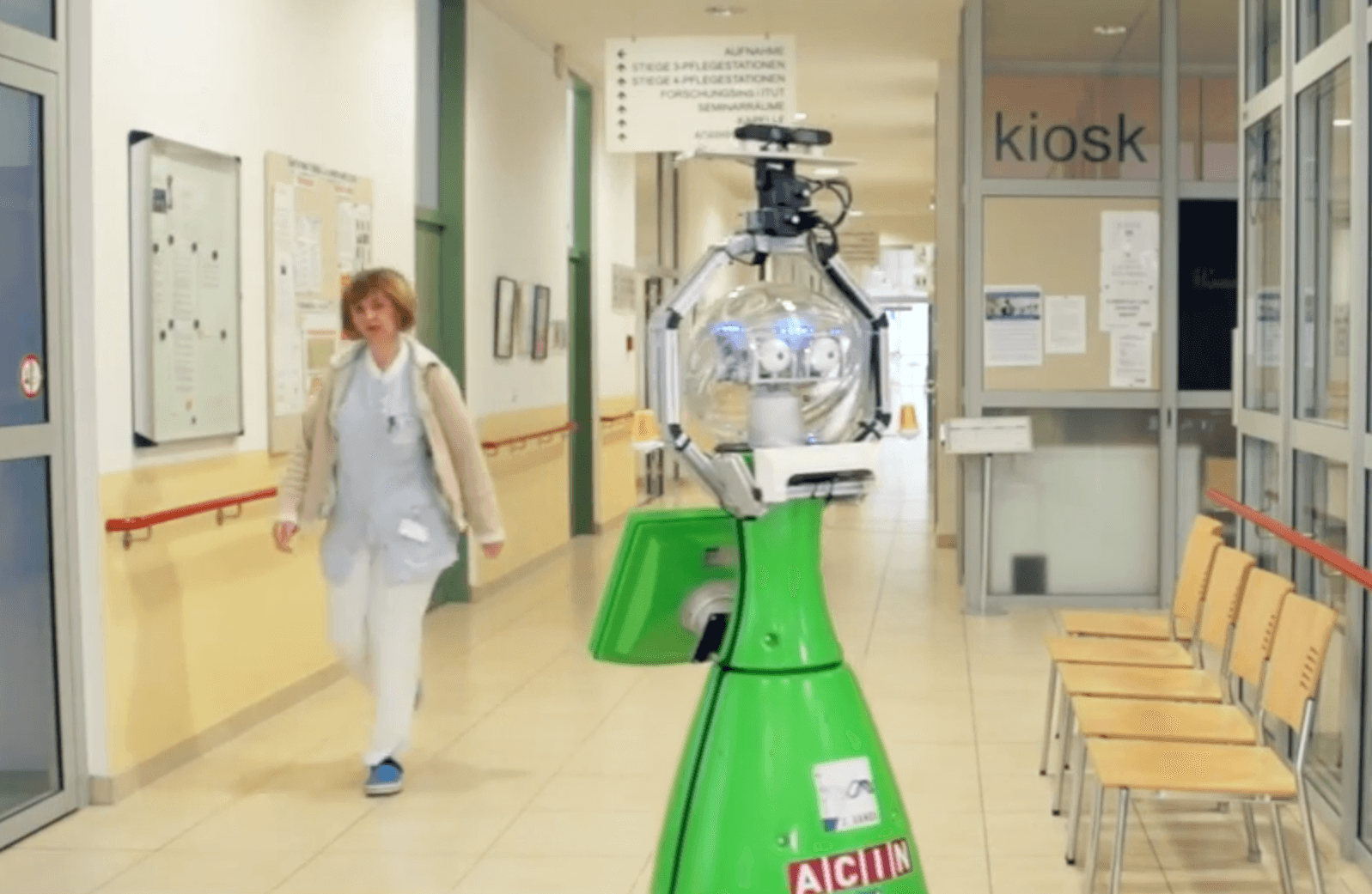Fiducial markers have a wide field of applications in robotics, ranging from external localisation of single robots or robotic swarms, over self-localisation in marker-augmented environments, to simplifying perception by tagging objects in a robot’s surrounding.
We propose a new family of circular markers allowing for a computationally efficient detection, identification and full 3D position estimation. A key concept of our system is the separation of the detection and identification steps, where the first step is based on a computationally efficient circular marker detection, and the identification step is based on an open-ended `necklace code’, which allows for a theoretically infinite number of individually identifiable markers.
The experimental evaluation of the system on a real robot indicates that while the proposed algorithm achieves similar accuracy to other state-of-the-art methods, it is faster by two orders of magnitude and it can detect markers from longer distances.
The second paper that has been accepted at HRI 2017, which has an acceptance rate of only 24%, is co-authored by Marc Hanheide, Denise Hebesberger, and Tomas Krajnik:
“The When, Where, and How: An Adaptive Robotic Info-Terminal for Care Home Residents – a long-term study”
Adapting to users’ intentions is a key requirement for autonomous robots in general, and in-care settings in particular. In this paper, a comprehensive long-term study of a mobile robot providing information services to residents, visitors, and staff of a care home is presented with a focus on adapting to the when and where the robot should be offering its services to best accommodate the users’ needs.
Rather than providing a fixed schedule, the presented system takes the opportunity of long-term deployment to explore the space of possibilities of interaction while concurrently exploiting the model learned to provide better services. But in order to provide effective services to users in a care home, not only the when and where are relevant, but also the way the information is provided and accessed. Hence, also the usability of the deployed system is studied specifically, in order to provide a most comprehensive overall assessment of a robotic info-terminal implementation in a care setting.
Our results back our hypotheses, (i) that learning a spatiotemporal model of users’ intentions improves efficiency and usefulness of the system, and (ii) that the specific information sought after is indeed dependent on the location the info-terminal is offered.
This is a great achievement for our PhD students and researchers, and you can keep up to date with our L-CAS research here: https://lcas.lincoln.ac.uk/wp/
